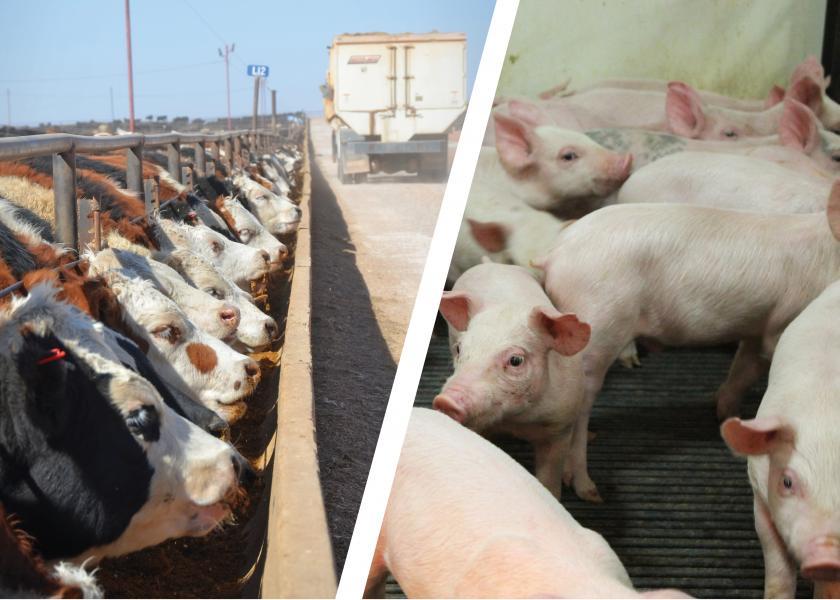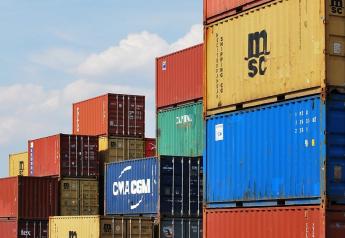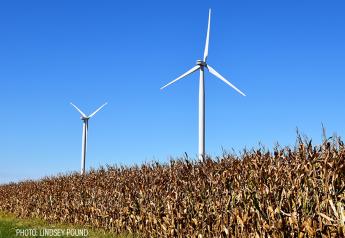Profit Tracker: Cattle Margins Steady, Pork Remains Red

Profit margins for beef packers and cattle feeders were little changed the week ending May 13. Cattle feeders saw average profit margins of $340 per head while packers found margins at about $87 per, according to the Sterling Beef Profit Tracker.
Cash cattle prices averaged $175.94 per cwt, up an average of $0.60 per cwt. Wholesale beef prices were down about $3 per cwt. to an average of $303.76 per cwt. The Beef and Pork Profit Trackers are calculated by Sterling Marketing, Vale, Oregon.
Cattle sold last week carried a total feed cost of $571 per head, down about $20 per head from the previous week, but 19% higher than the $463 feed costs for cattle sold the same week a year ago.
Cattle marketed last week had a breakeven of $151.01 per cwt., while cattle placed on feed last week have a breakeven of $163.15 per cwt. Cattle placed last week are calculated to have a purchase price for 750-800 lb. feeder steers at $203.43 per cwt., and feed costs of $511 per head. The feeder steer price is 23% higher than last year.
The estimated total cost for finishing a steer last week was $2,114 per head, up 12% from last year’s estimate of $1,872 per head.
Fed cattle slaughter totaled an estimated 504,526 head, about 18,000 head more than the previous week and 4,000 fewer than the same week last year. Packing plant capacity utilization was estimated at 83.2% compared to 83.9% last year.
Farrow-to-finish hog producers saw losses of $13 per head last week, about $7 per head less than the previous week. Pork producers saw profits of $73 per head the same week a year ago. Lean carcass prices averaged $79.62 per cwt., an increase of $2.77 per cwt. from the previous week.
Pork packers lost an average of $3 per head last week after breaking even the previous week.
Last year pork packers were losing about $33 per head. Hog slaughter was estimated at 2.375 million head, down 60,000 head from the previous week and up 12,000 head from last year.
Pork packer capacity utilization was estimated at 87.4% compared to 85.6% last year.
(Note: The Sterling Beef Profit Tracker calculates an average beef cutout value for the week in its estimates for feedyard and packer margins. Other prices in the weekly Profit Tracker also are calculated weekly averages. Feedyard margins are calculated on a cash basis only with no adjustment for risk management practices. The Beef and Pork Profit Trackers are intended only as a benchmark for the average cash costs of feeding cattle and hogs. Sterling Marketing is a private, independent beef and pork consulting firm not associated with any packing company or livestock feeding enterprise.)







